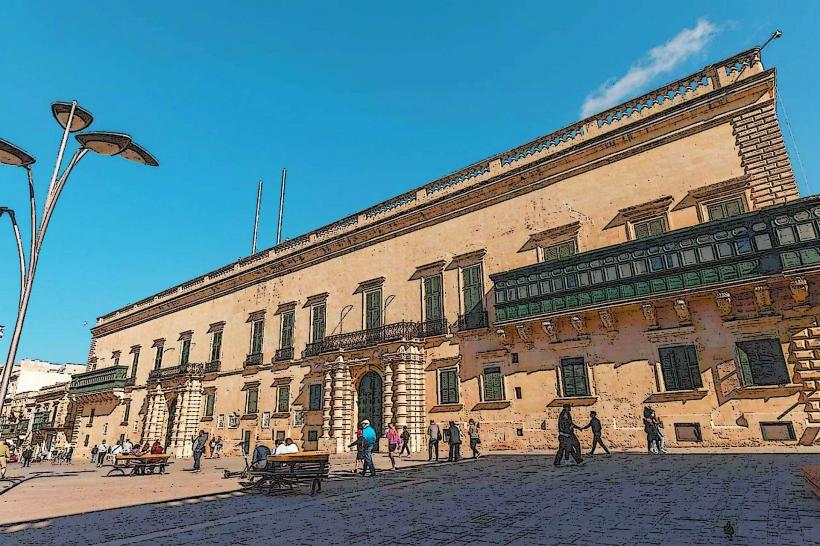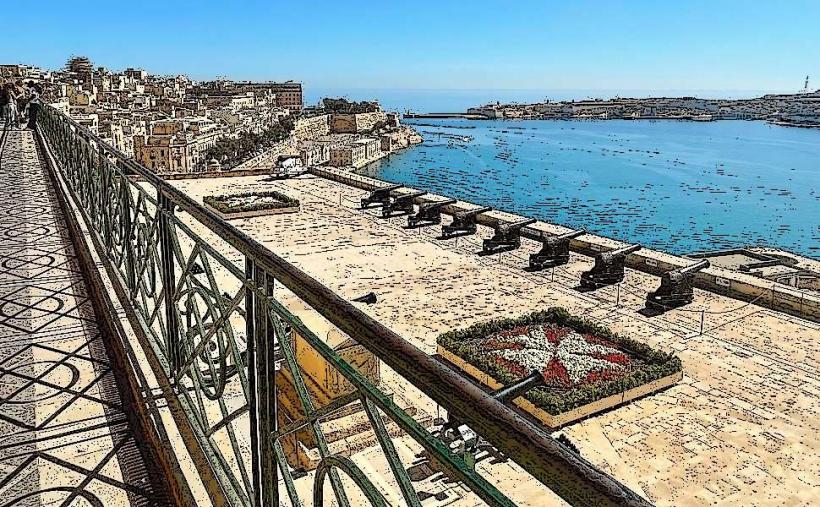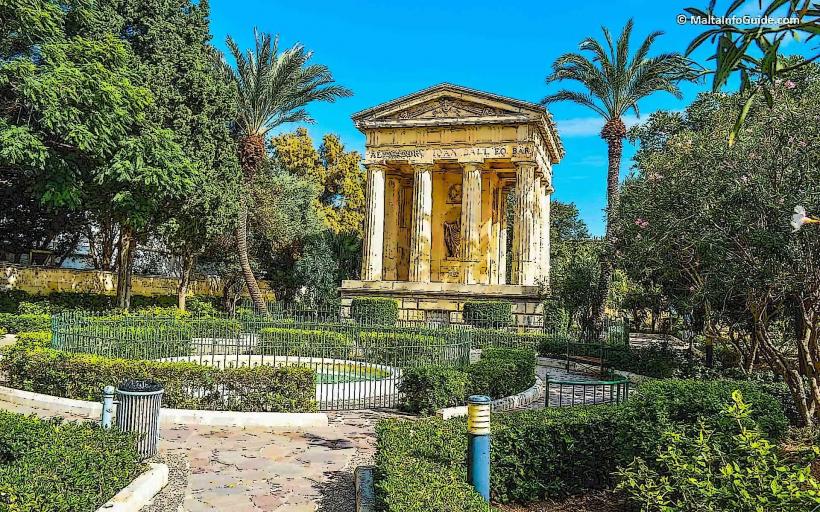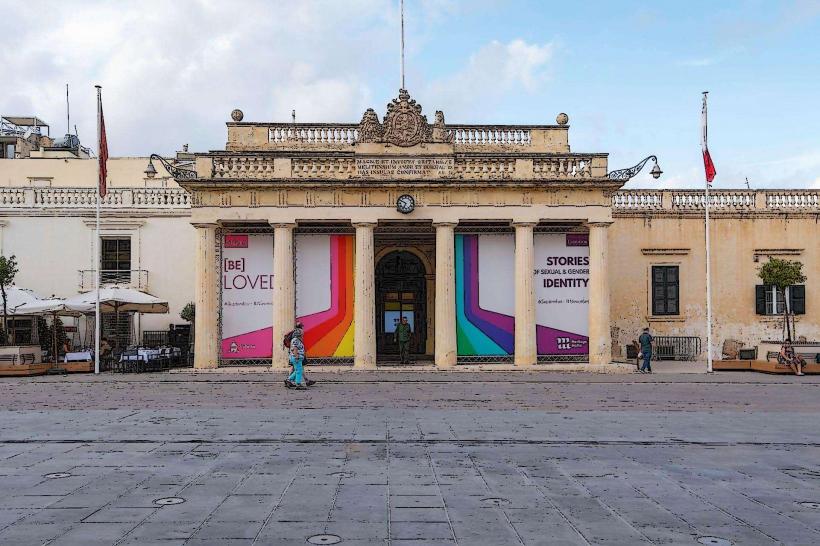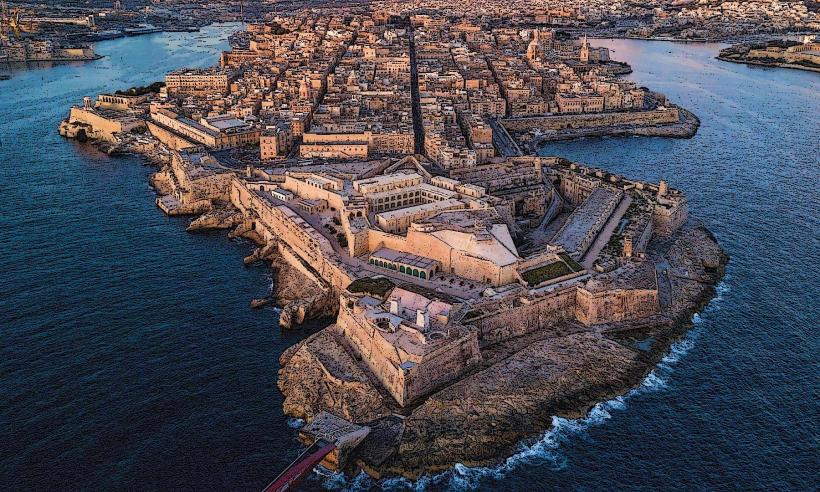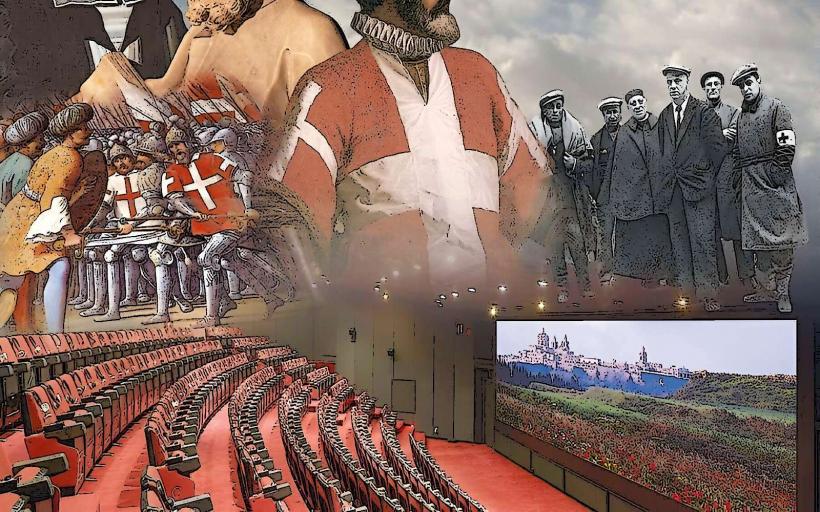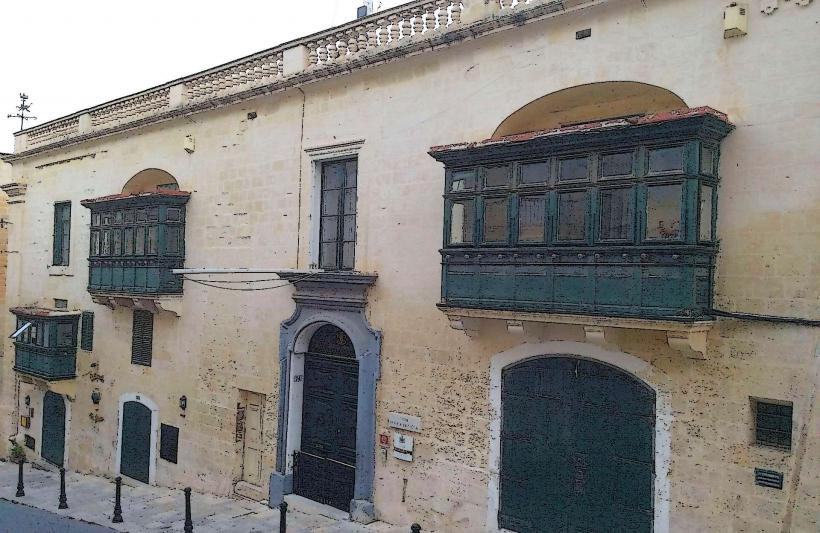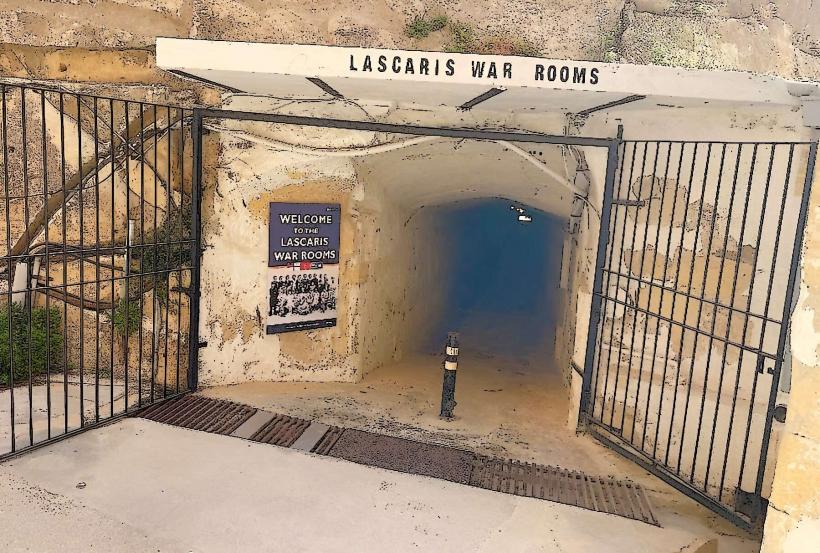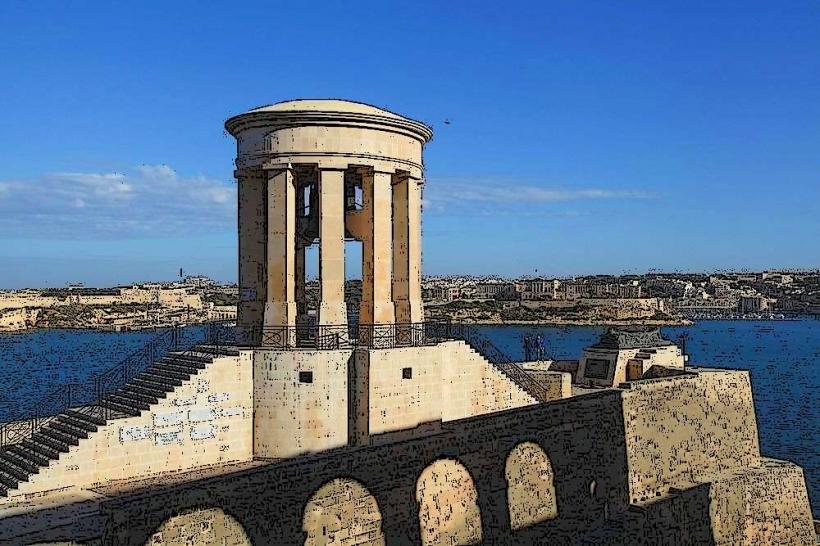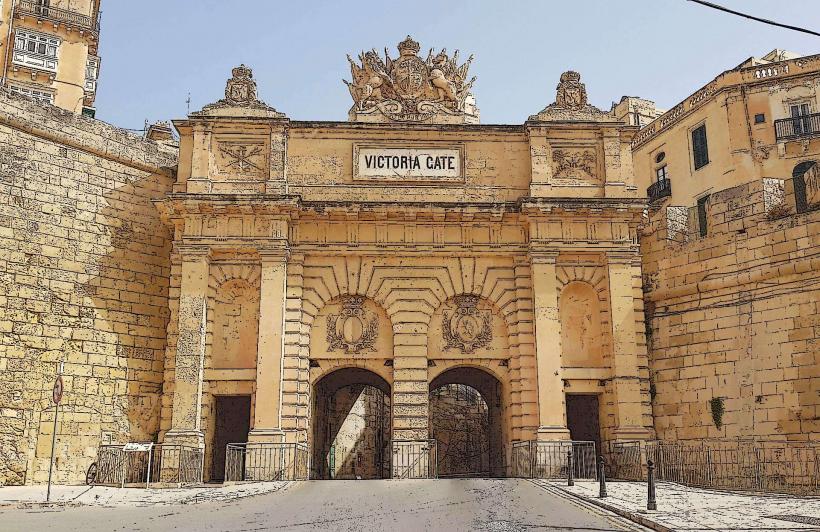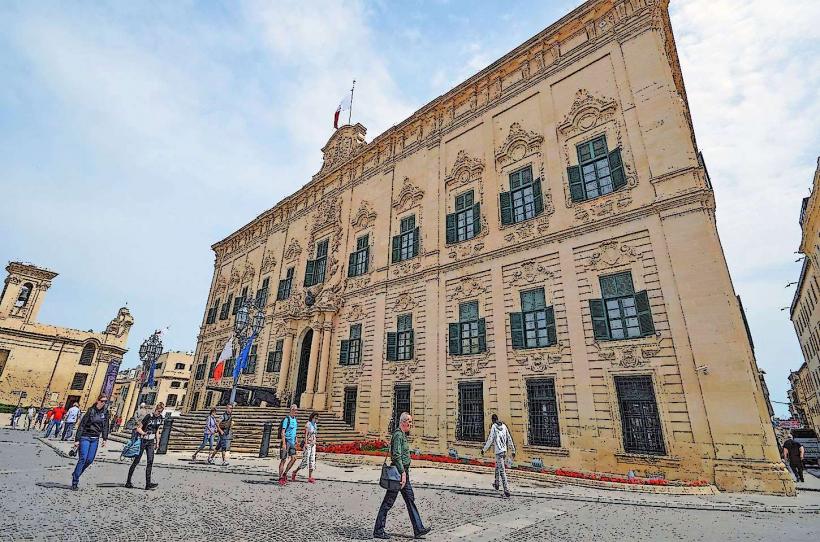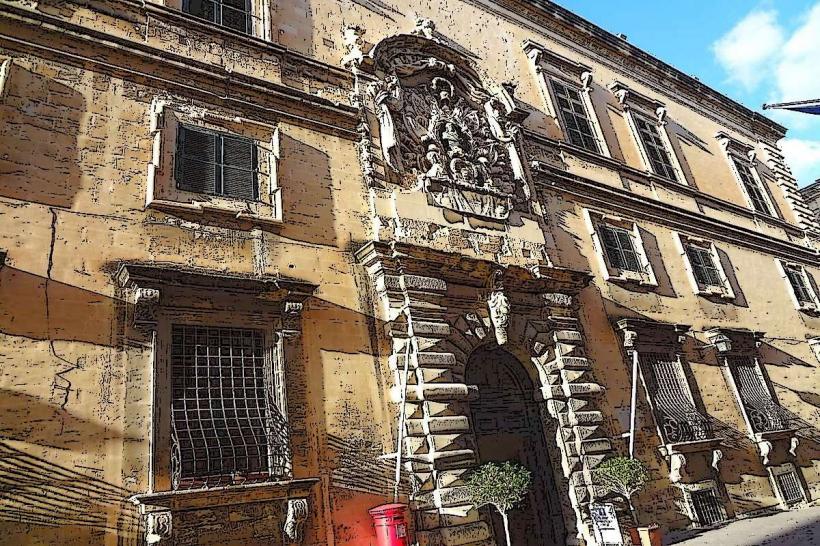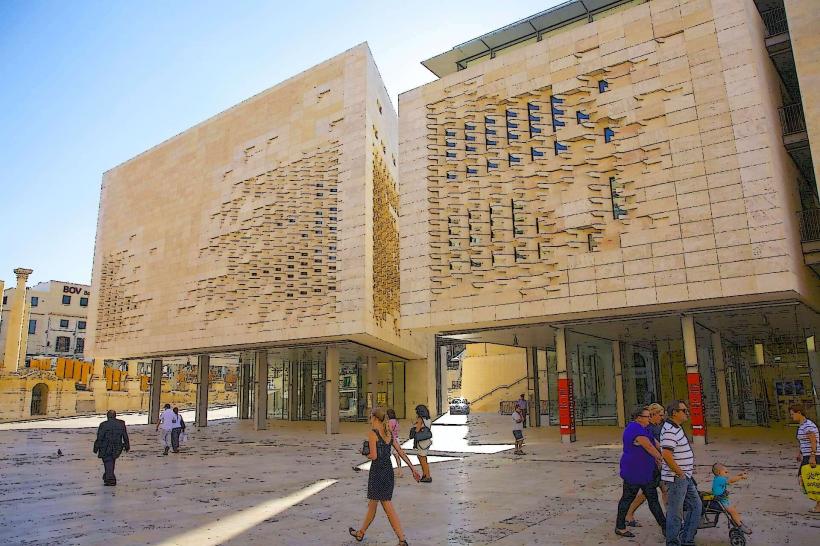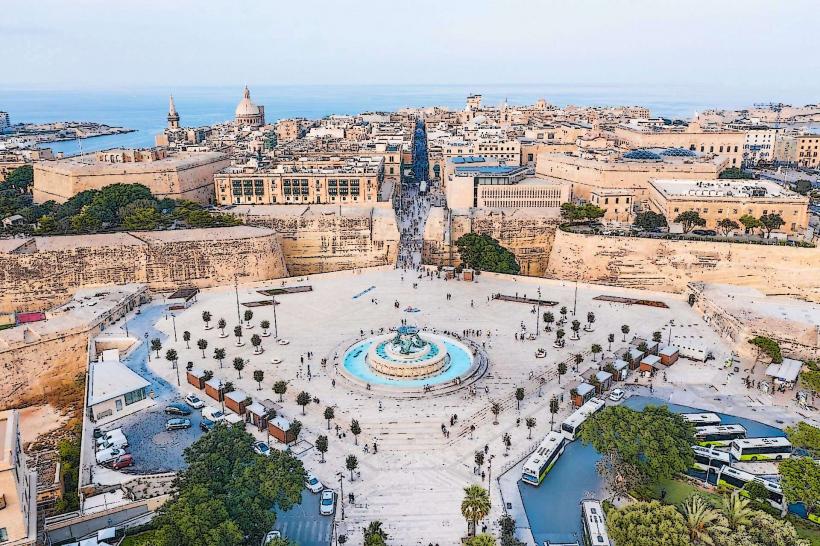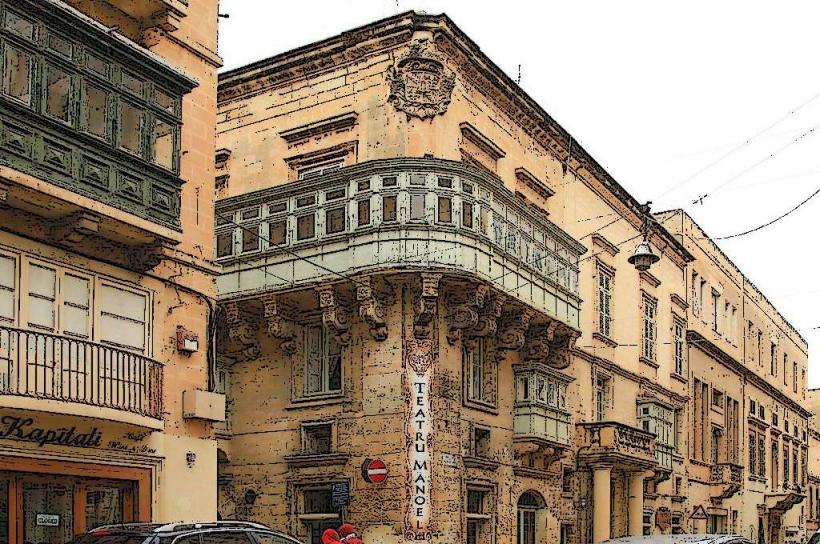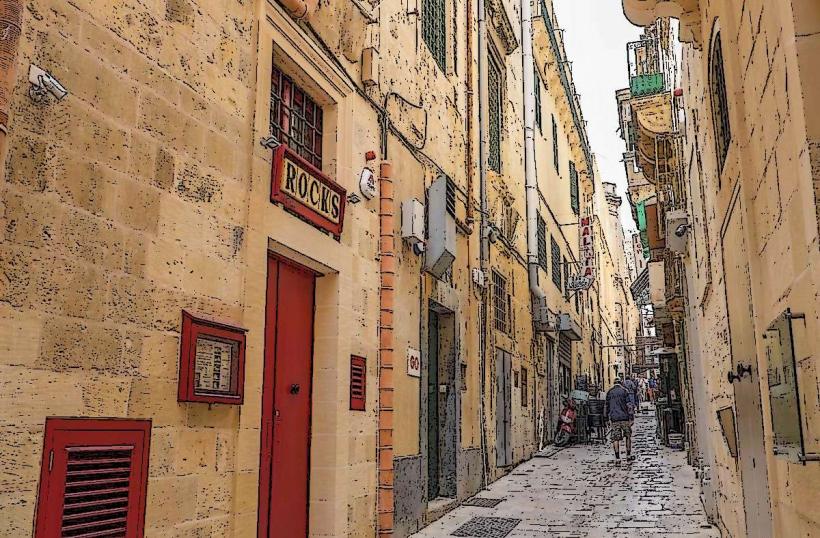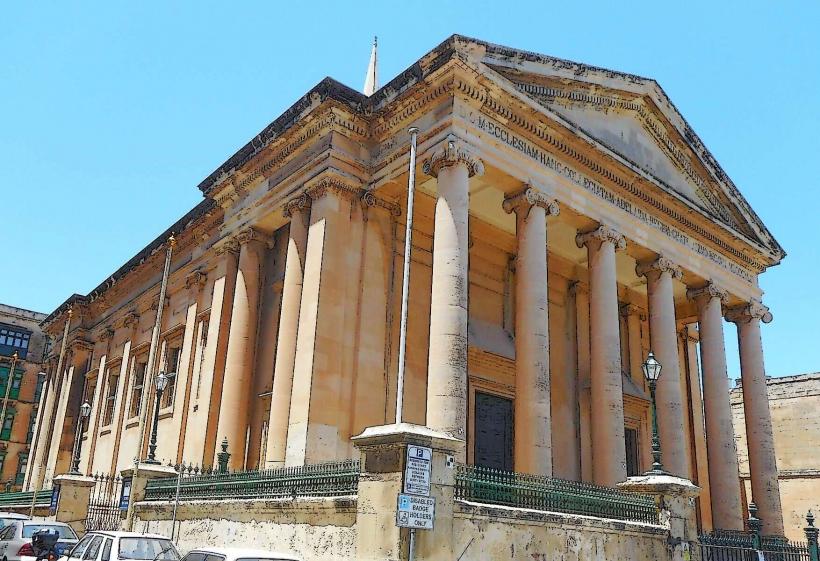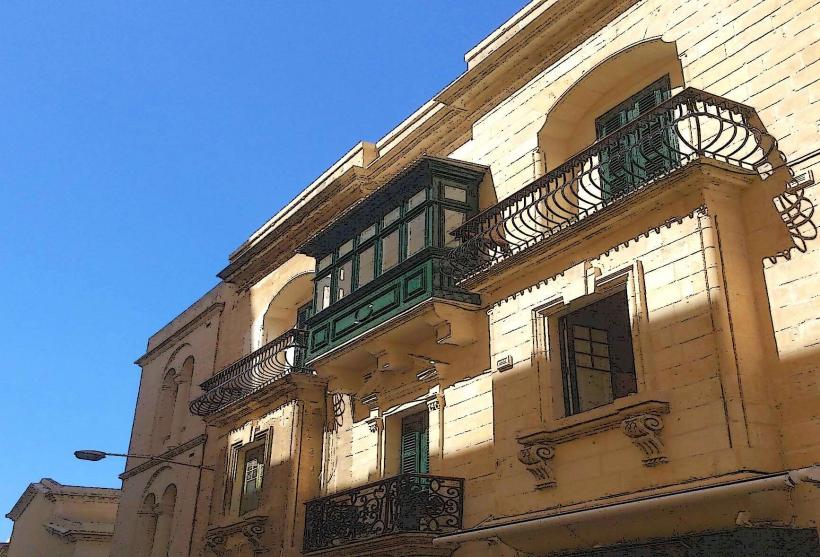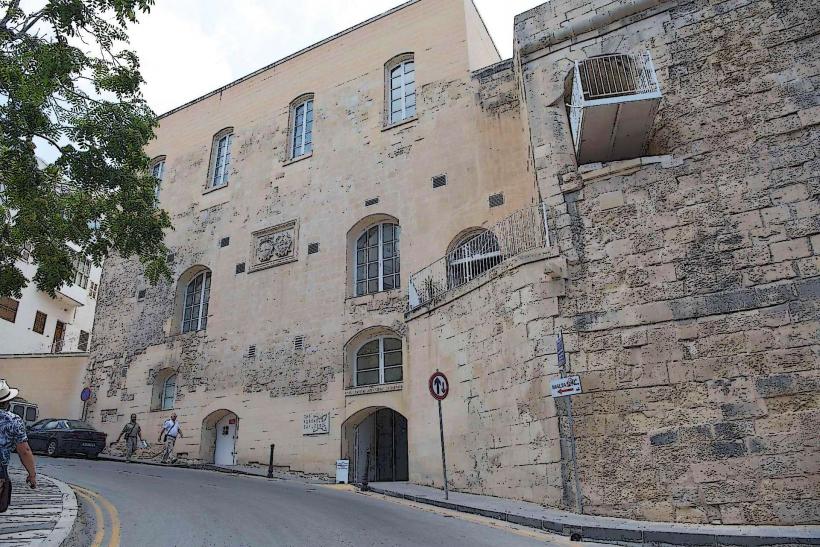Information
City: VallettaCountry: Malta
Continent: Europe
Valletta, Malta, Europe
Overview
Perched on a sunlit peninsula, Valletta-the capital of Malta-holds UNESCO World Heritage status and brims with ornate Baroque facades and centuries of layered history, on top of that the Knights of St. John built Valletta in the 16th century, and today its streets reveal a striking mix of Baroque grandeur, Mannerist grace, Neo-Classical symmetry, and sleek modern lines-a true feast for the eyes, to boot valletta, founded in 1566 by Jean Parisot de Valette after the Great Siege of Malta, rose on a narrow peninsula between Marsamxett and Grand Harbour, its position turning it into a vital Mediterranean port.Somehow, Architect Francesco Laparelli mapped out its streets, and Girolamo Cassar brought the plans to life, creating one of Europe’s first planned cities, in addition st. John’s Co-Cathedral, built from 1572 to 1577, dazzles with gold leaf and Caravaggio’s haunting *Beheading of Saint John the Baptist*, after that the Grandmaster’s Palace once housed the leaders of the Knights of St. John; today it’s home to Malta’s president and parliament, moreover at the tip stands Fort St. Elmo, a star-shaped sentinel from the Great Siege, now sheltering the National War Museum, in conjunction with across the city, the auberges-lodges for the Knights-still stand, with the Auberge de Castille now serving as the prime minister’s office.You know, Valletta’s streets come alive year-round: Carnival bursts with color in February, the film festival fills summer nights in June, and Notte Bianca keeps music and art spilling into the October air, meanwhile and everywhere, the scent of fresh bread and sea salt lingers over a table rich with Maltese and Mediterranean flavors.You can try rabbit stew, or fenkata, along with flaky pastizzi and golden lampuki pie, while many restaurants serve just-caught seafood paired with local wines; explore MUŻA’s mix of historic and modern art, stroll through the Upper and Lower Barrakka Gardens for sweeping views of the Grand Harbour and the Three Cities, and take advantage of Valletta’s compact streets on foot, ferries to Sliema and the Three Cities, or its central bus hub; visit in spring or autumn for mild days and fewer crowds, wear sturdy shoes for the steep, narrow lanes, and remember to dress and behave respectfully in religious sites.
Author: Tourist Landmarks
Date: 2025-10-29
Landmarks in valletta


